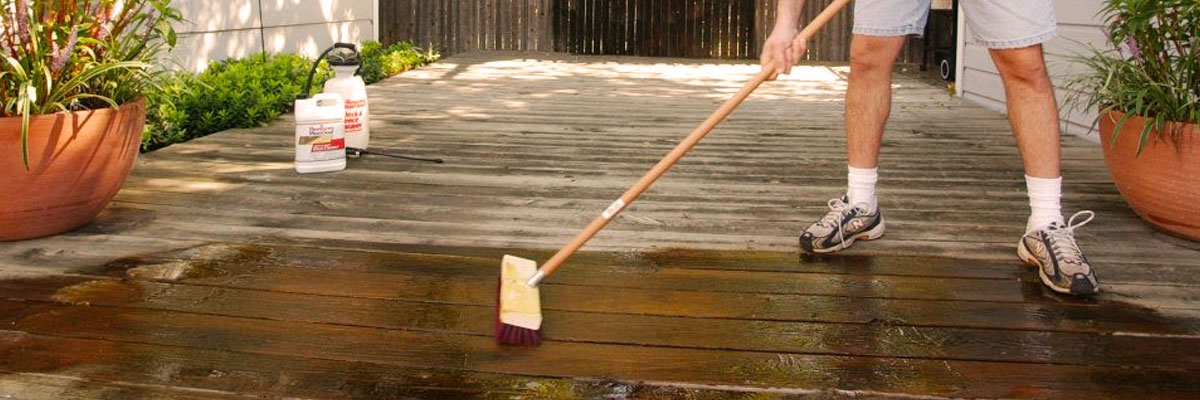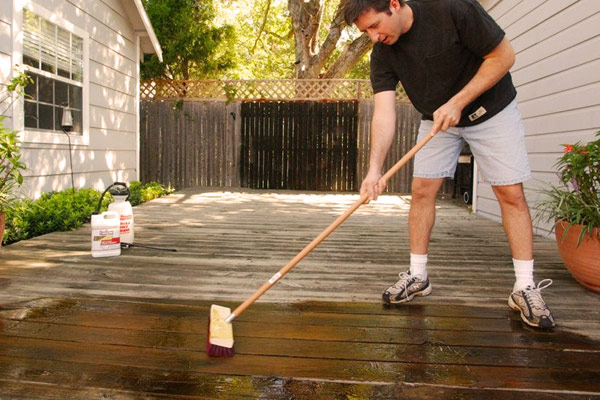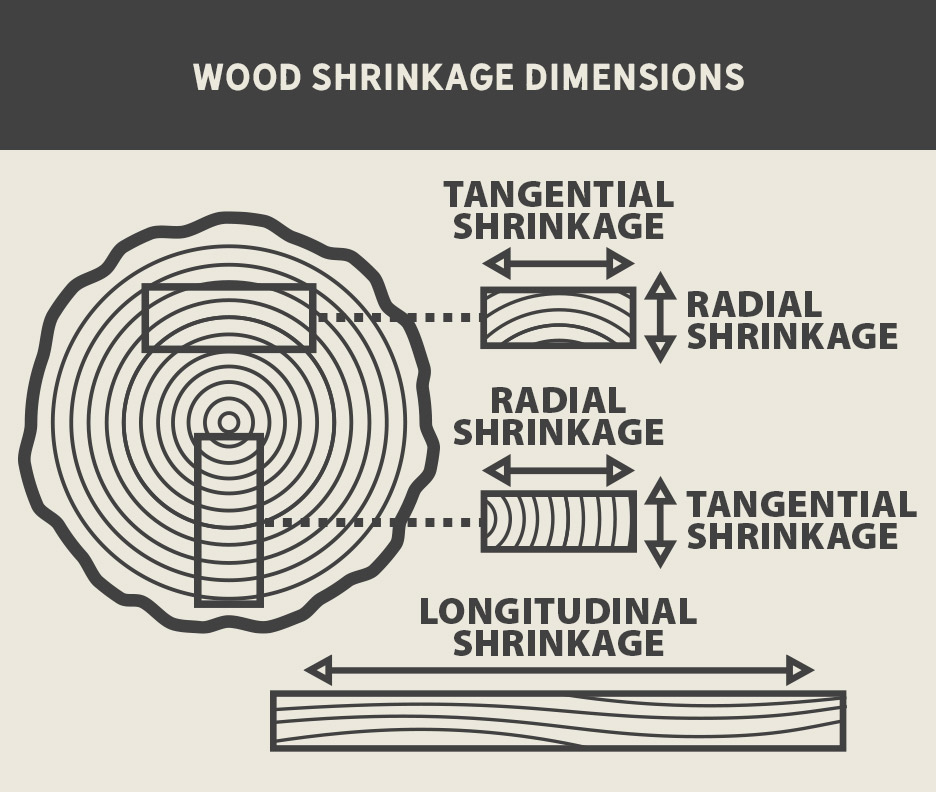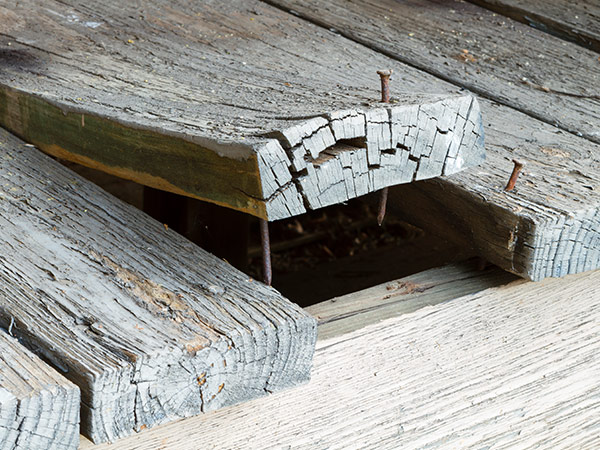

How Wood Shrinkage Affects Your Projects
We've all been there: you want to start a new project- a birdhouse for grandma or fixing your fence perhaps, but you notice some of your wood in the pile has some splits or cracks. What happened? Well, one likely cause is wood shrinkage. Let's discuss the what, when, why, and how of wood shrinkage and some ways to keep this from happening to your stock of lumber.
What is Wood Shrinkage?
Wood readily absorbs and releases moisture from the surrounding environment. Wood or lumber shrinkage is a natural phenomenon that occurs when wood loses its moisture content. While a natural process, when the wood dries up too much, it will shrink in size, which can lead to some issues such as warping, splitting, and cracking. The amount of shrinkage can depend on the wood species, moisture content, temperature, and the humidity of the environment.

When Does Wood Shrinkage Occur?

Wood shrinkage occurs within the wood fibers and can happen anywhere along the lumber or board. When the wood loses moisture content the cells and fibers within the wood contract. The shrinkage occurs in all three dimensions of the wood and depends on the direction of the wood grain:
- Radial Shrinkage (quarter sawn boards, grain that is perpendicular to growth rings) is usually the most significant dimension of wood shrinkage, and it can result in cracks or split along the width of the wood.
- Tangential shrinkage (flat sawn boards, grain is parallel to the growth rings) is another significant dimension, and it results in warping, cupping, or twisting of the wood.
- Longitudinal shrinkage (along the length of the board) results in the decrease in the length of the wood along with the direction of the grain.

Why Wood Shrinkage Can Cause Problems
Wood shrinkage can be a problem for many reasons. As wood dries and loses moisture and shrinks, its structural integrity may weaken. Wood shrinkage can cause gaps or distortion in the surface, which can affect the appearance of the wood. In functional applications like flooring or decking, shrinkage can cause issues such as gaps that trap dirt or create tripping hazards. The cost of repairs or replacements for these types of hazards can be very expensive. Therefore, it’s crucial that you take measures to prevent or minimize wood shrinkage.
How to Prevent Wood Shrinkage
There are a few ways to prevent wood shrinkage such as:

- Drying the wood: By drying your wood properly before use, you can reduce the likelihood of damaging shrinkage. There are a few different levels of moisture in the lumber you buy:
- Green lumber is cut from the log and not treated further. It will naturally dry and shrink over time. The way wood shrinkage is calculated is based on the moisture content of the wood. As the wood dries, it will shrink in size, and this shrinkage can be quantified using many methods such as measuring the width and finding the average yearly change in moisture content (mc) by using a Moisture meter.
- Kiln-dried lumber is wood that has been dried in an oven to a certain moisture level. This is faster than just air-drying wood.
- Treated lumber has been soaked in an added preservative and you can purchase it “wet” (actually still wet from the treatment process) or KDAT where the lumber has been kiln-dried a second time after treatment. If you are using wet, treated lumber for a deck, be sure you let it dry well before you stain it. Otherwise, you can purchase KDAT that will help to reduce shrinkage later as it when through a second drying process after treatment.
- Sealing the ends: The ends of the wood are particularly prone to moisture loss. By sealing the ends with a suitable sealant, you can reduce the rate of significant moisture loss and prevent damaging wood shrinkage. Wood needs to be somewhat dried before it will accept stain, however, too dry will cause problems.
- Storing your wood properly: Storing your wood in a proper place is very important in preventing wood shrinkage. You should store wood in a dry and well-ventilated area to allow air to circulate around the wood.
Should you encounter wood shrinkage, and your wood has warped, check out this blog on how to fix warp.
Wood shrinkage can cause a lot of damage to your wood. Making sure you take the right steps to prevent wood shrinkage from happening is crucial. From kiln-dried lumber to sealant we’ve got you covered for your next project. So, stop by your local McCoy's today and we’ll talk lumber.
